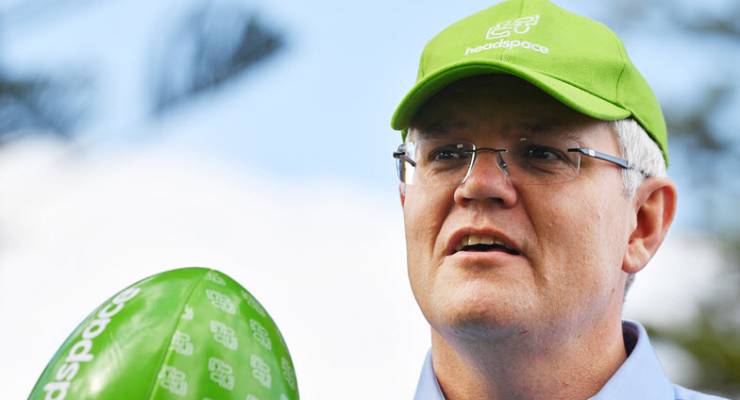
Winners
Pretty much everyone in this campaign launch budget, including:
Low- and middle-income earners
The target of the government’s main re-election pitch, workers on low and middle incomes, will receive a capped tax offset for 2018-19 onward. The maximum offset will be $1080 for workers of around $90,000, tapering off to $120,000. This is what you call a politically targeted tax cut: its main cost is aimed at swinging voters rather than Liberal-leaning high-income earners; it is delivered as a tax offset at the end of the year rather than being drip-fed via PAYGO; and the cost is capped at $1080 per taxpayer. But don’t worry, high earners, you get yours too.
High-income earners
From 2022-23, the threshold for the lowest tax bracket will rise to $45,000 and the income tax offset will increase as well. In 2024-25, the 32.5% tax rate will be reduced to 30%. Workers on $180,000 will receive a total tax cut of $8600 a year by the mid-2020s, and over $11,000 for workers on $200,000.
Civil engineering companies of the future
Between new and existing infrastructure funding, civil engineering companies will capitalise on the government’s eagerness to win votes with new infrastructure spending, especially in Victoria, where the government is throwing an extra $1.2 billion at voters threatening to turf out Liberals like Josh Frydenberg and Sarah Henderson, including a fast rail link between Geelong and Melbourne — although don’t expect any actual building to happen until the mid-2020s. Urban blackspots program the Urban Congestion Fund has also been expanded along with a host of other major and minor road projects.
GPs
$1 billion will be pumped into primary care to neutralise Labor’s Mediscare campaigns, with indexation of Medicare Benefits Schedule (MBS) items restored, plus money for chronic disease plans and incentive plans.
Headspace
More than a quarter of a billion dollars will be provided over seven years to expand Headspace services, with 30 new centres and existing centres receiving new resources to reduce waiting times.
National security agencies
Losers
In times of such election bounty, the list of losers/potential enemies is bound to be short, but singled out for special attention are:
Welfare recipients
So generous is the 2019-20 budget that even welfare recipients facing another crackdown are winners apparently. The government believes it will save around $700 million a year from 2020-21 through data-sharing so that welfare recipients who work will report their income as they earn it. But ignore the savings of $2.1 billion over five years the government says it will get, “the measure will assist income support recipients by greatly reducing the likelihood of them receiving an overpayment of income support payments”.
Foreign doctors and regional communities
The government will save $300 million over the forward estimates by cutting back on targeting areas of doctor shortages by cutting 155 doctors.
People with an understanding of rail economics
Fortunately, the money for a fast rail link between Corangamite — sorry, Geelong — and Melbourne doesn’t flow until 2021-22, meaning there’s still time to stop the waste of $2 billion in taxpayer funds on a loss-making and unnecessary rail link. Notice the commitment is to fast rail, not high-speed rail, which is far more expensive, so watch this space on that score. With both sides of politics committed to wasting money on it, the chances of good sense breaking out are vanishing rapidly.








Tax cuts for everyone except high income earners doesn’t make high income earners a “winner” from the budget.
Aspirational mid 2020s cuts that were previously announced and will probably never happen don’t count.
“$1 billion will be pumped into primary care to neutralise Labor’s Mediscare campaigns”
It’s amazing how anti-neoliberalism Keane becomes Liberal Party Talking Point Keane as soon as an election campaign is in the offing. Vic campaign, NSW campaign and now Federal campaign.
The government is running scared of any attention to Medicare and its chronic under funding that was and is meant to destroy it.
Yes, there is a little of the too little, too late, thrown to GP’s.
The indexation has restated now, only 10 years after it was frozen AND no mention of Specialists.
So, if you get really sick and need a specialist, some will bulk bill pensioner and health care cards, as their contribution to helping the poor, most won’t. Credit card medicine or get in the public waiting list, currently in Queensland, the wait is 180 days (6 months) for a consultation.